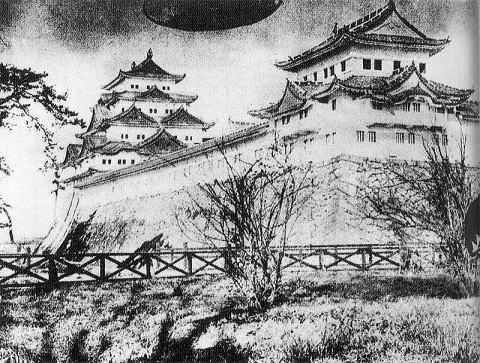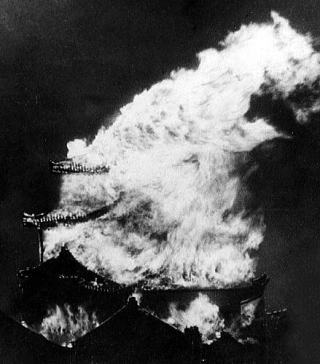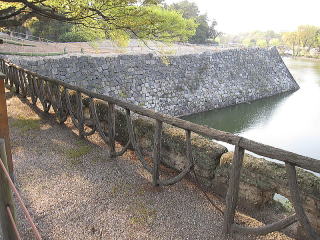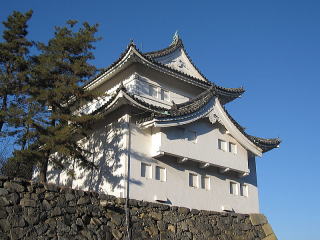Nagoya Castle was constructed on the orders of Ieyasu Tokugawa in order to secure an important position
on the Tokaido road and to ward off attacks from the direction of Osaka. Construction was completed in 1612,
and the castle is typical of those built on flatlands. Until the Meiji Restoration, Nagoya Castle flourished as
the castle in which the Owari lineage of the Tokugawa family, the foremost of the family’s three lineages, resided.
In May 1945, during the air raids on Nagoya in the Second World War, most of the buildings, including the main
and small donjons, and the Hommaru Palace, were burned up. Fortunately, however, three corner towers,
three gates, and most of the paintings on the sliding doors and walls in the Hommaru Palace survived the fire,
and have been handed down as Important Cultural Assets. The donjon and gate were reconstructed together
with, in 1959.
Reference: Official Website of Nagoya Castle
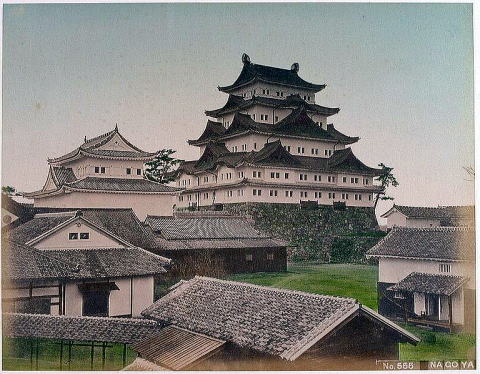
(L) Nagoya Castle was constructed as the seat of the Owari branch of the ruling Tokugawa clan.
(R) The southwestern turret and connecting walls to the main tower before the 1891 earthquake
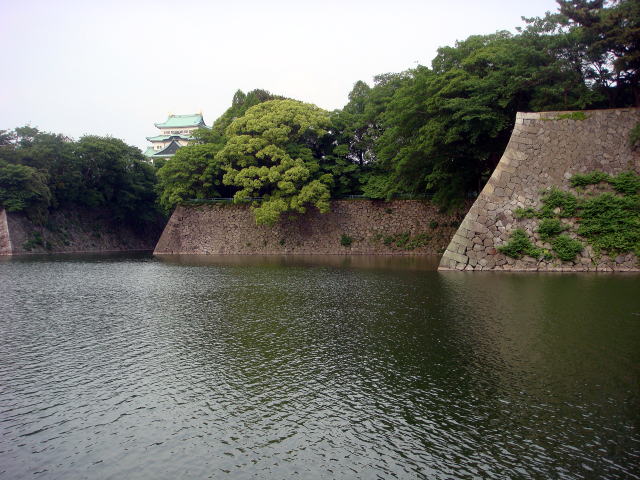
(L) Outer moat of the Castle: Main keep and "Cormorant's Neck"
(R) World War II bombing by the U.S. Army Air Forces destroyed Nagoya Castle in 1945.

(L) Nagoya castle with Golden dolphins (R) Tokugawa Ieyasu ordered the construction of the castle.
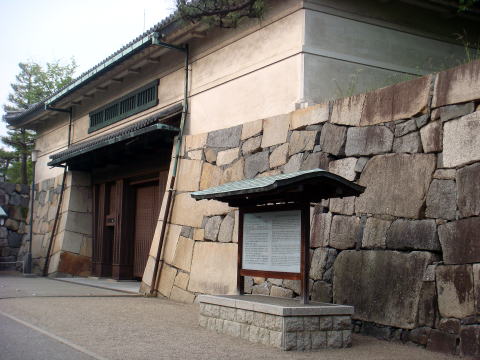
(L) Nishinomaru-enokida Gate, today used as the main gate (R) Namban earthen wall
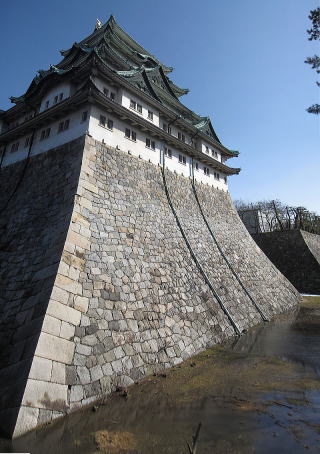

(L) Main keep with the "fan sloping" stone base (M) Wall of Swords connecting the two keeps
(R) Southeast Turret
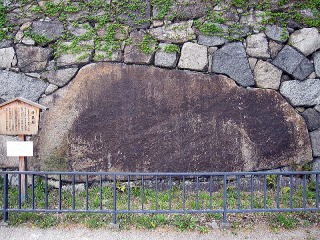
(L) Kiyomasa Stone (R) A smoking site nearby the stone wall of Nagoya Castle
Matsumoto Castle
Annual Meeting of Japan Society for Occupational Health (Nagoya)
Nagoya City and Tobacco Control
名古屋城
2012年6月執筆 医学博士 宮本順伯
★This Web site is link-free.
The article was written and photographs were taken in June 2012,
by Dr. Junhaku Miyamoto.
Copyright (C) 2012 Junhaku Miyamoto, PhD. All right is reserved.
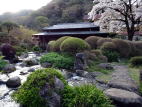 Domestic Travel in Japan
|
